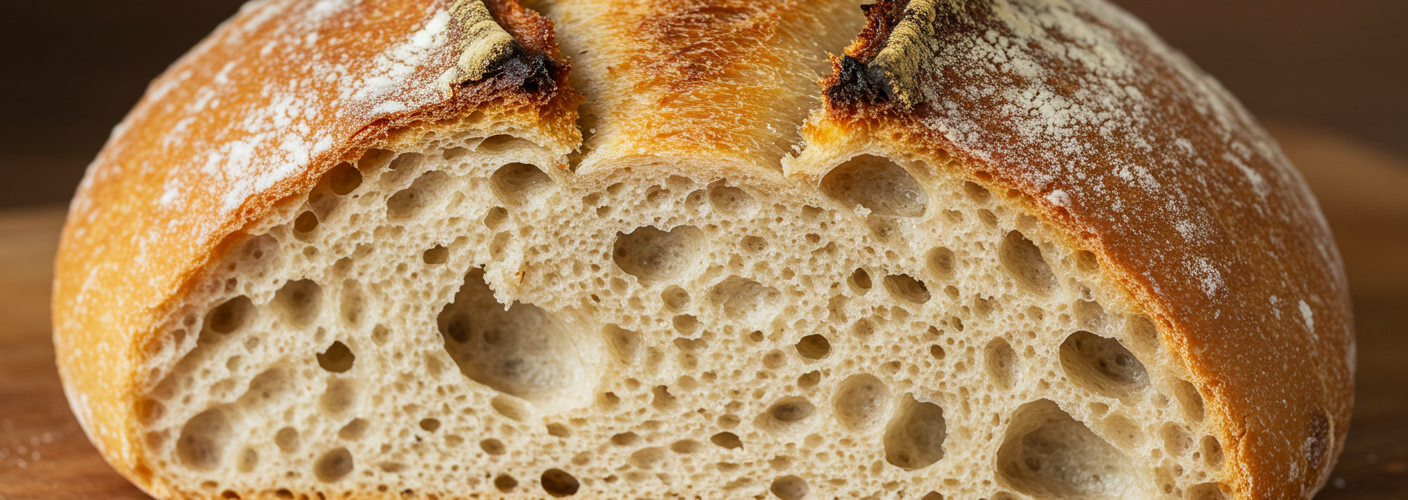In the vast world of bread, few varieties capture the heart quite like Pan Amasado. This delightful bread, originating from the vibrant kitchens of Latin America, especially treasured in countries like Chile, is celebrated for its perfect balance of textures and flavors. With a delightful crispy exterior and a soft, airy center, Pan Amasado is more than just a loaf of bread; it is a cherished staple that reflects a rich cultural heritage.
A Brief History
Pan Amasado, which translates to “kneaded bread,” has roots that trace back through generations. Traditionally, it has been a favored choice on family tables, served at gatherings and celebrations. Each region has its unique take, with variations in ingredients and preparation methods, yet the essence remains the same – a bread that brings people together.
The key to making Pan Amasado lies in the kneading process, where flour, water, salt, and sometimes fats like lard or butter are combined to create a dough that is both elastic and pliable. This rigorous kneading is essential to develop the gluten structure, ensuring that the bread will rise beautifully and maintain its renowned texture.
Crafting Pan Amasado
The making of Pan Amasado is as much an art as it is a science. Start by measuring high-quality flour, as this will significantly impact the final product. The use of warm water is key; it helps activate the yeast, giving the bread its characteristic rise. Salt is essential not only for flavor but also to control yeast activity and strengthen gluten.
Once the ingredients are mixed, the dough requires careful kneading, typically for about 10-15 minutes, until it’s smooth and elastic. Cover the dough and allow it to rest; this is crucial for the fermentation process where the bread develops its flavors.
After resting, the dough is shaped into rounds or loaves. Baking is the magic moment when the dough transforms. It’s recommended to use a preheated oven to ensure that the bread achieves an ideal crust – golden brown and crispy. The steam created during baking plays a crucial role, contributing to the signature crunch of the crust while ensuring the interior stays tender and fluffy.
Enjoying Pan Amasado
The end result of this painstaking process is a loaf of Pan Amasado that boasts a crust so crisp it crackles upon slicing and a delectably soft center that melts in your mouth. This bread is incredibly versatile and can be enjoyed in various ways.
For breakfast, a simple spread of butter or cream cheese can elevate your experience, while a drizzle of honey adds a touch of sweetness. At lunch or dinner, Pan Amasado pairs beautifully with savory soups, stews, or as the base for traditional sandwiches, filled with local cheeses or cold cuts. Its ability to absorb flavors makes it an excellent accompaniment to nearly any dish.
Conclusion
Whether you’re baking it yourself or enjoying it from a local bakery, Pan Amasado is a testament to the comfort and joy that bread can bring. Celebrated for its unique texture and flavorful versatility, it continues to hold a special place in the hearts and homes of many. So, the next time you encounter this delightful loaf, take a moment to savor both its delicious taste and the rich history it embodies.




Add comment